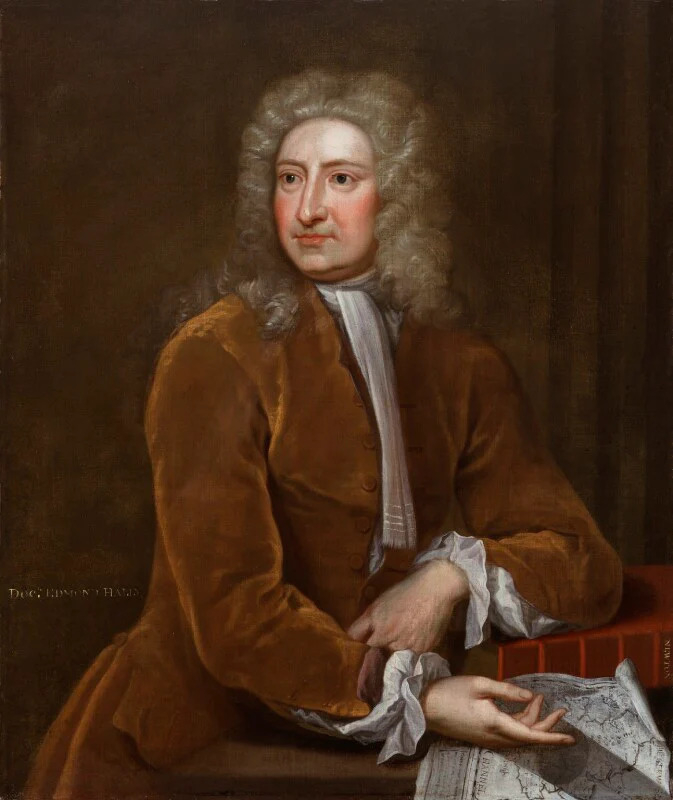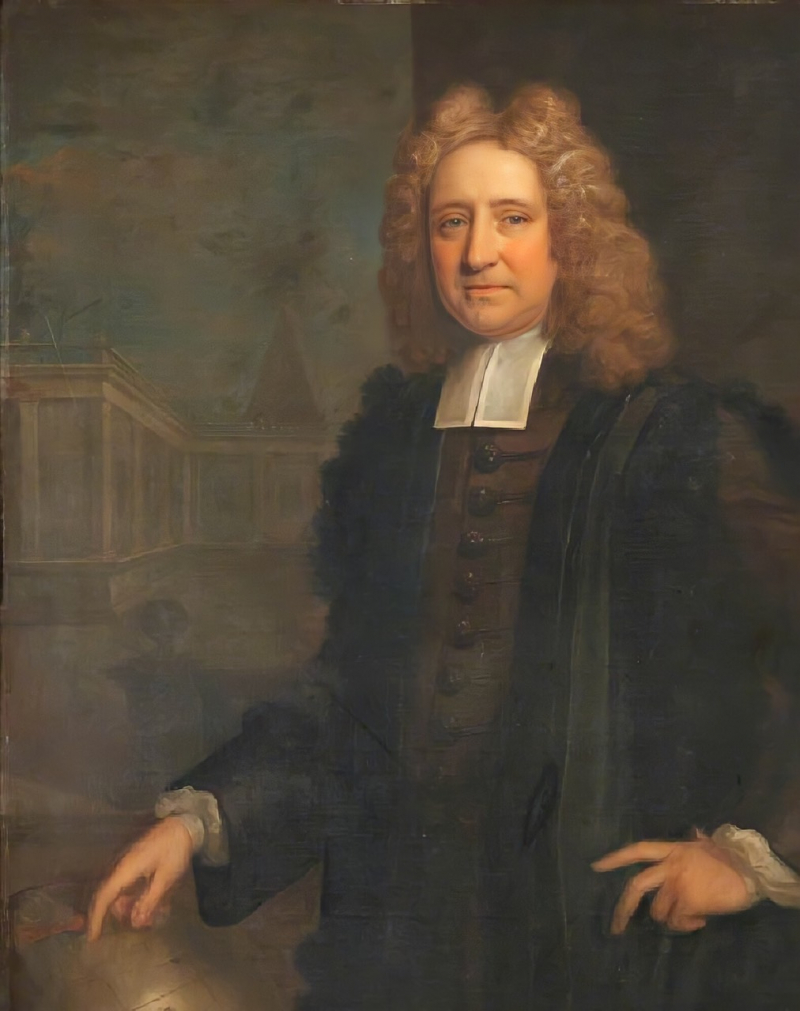It was Edmund Halley who first proposed the idea of moving stars.
In addition to his studies of the moon, he developed an interest in issues related to gravity. Finding evidence for the rules of planetary motion was one matter that concerned him in particular. Prior to Halley's discovery of fixed stars' "proper motion," it was thought that they (unlike the planets) never changed their relative positions to one another.
However, Halley made the observation in 1718 that three of the brightest stars (Sirius, Procyon, and Arcturus) appeared to have shifted their relative locations noticeably since being sighted by the Greeks. In fact, Sirius seemed to have changed noticeably since Tycho Brahe's observation of it barely 150 years prior. Halley came to the conclusion that the three had actually changed their relative positions after carefully comparing the positions of other stars and determining that this apparent movement could not be explained by any motion of the earth. He also suggested that, if observed over sufficiently long periods, this proper motion might also be detected in other stars. The theory wasn't validated until the 1970s when astronomers Tobias Mayer and Neville Maskelyne calculated the separation between many stars.









